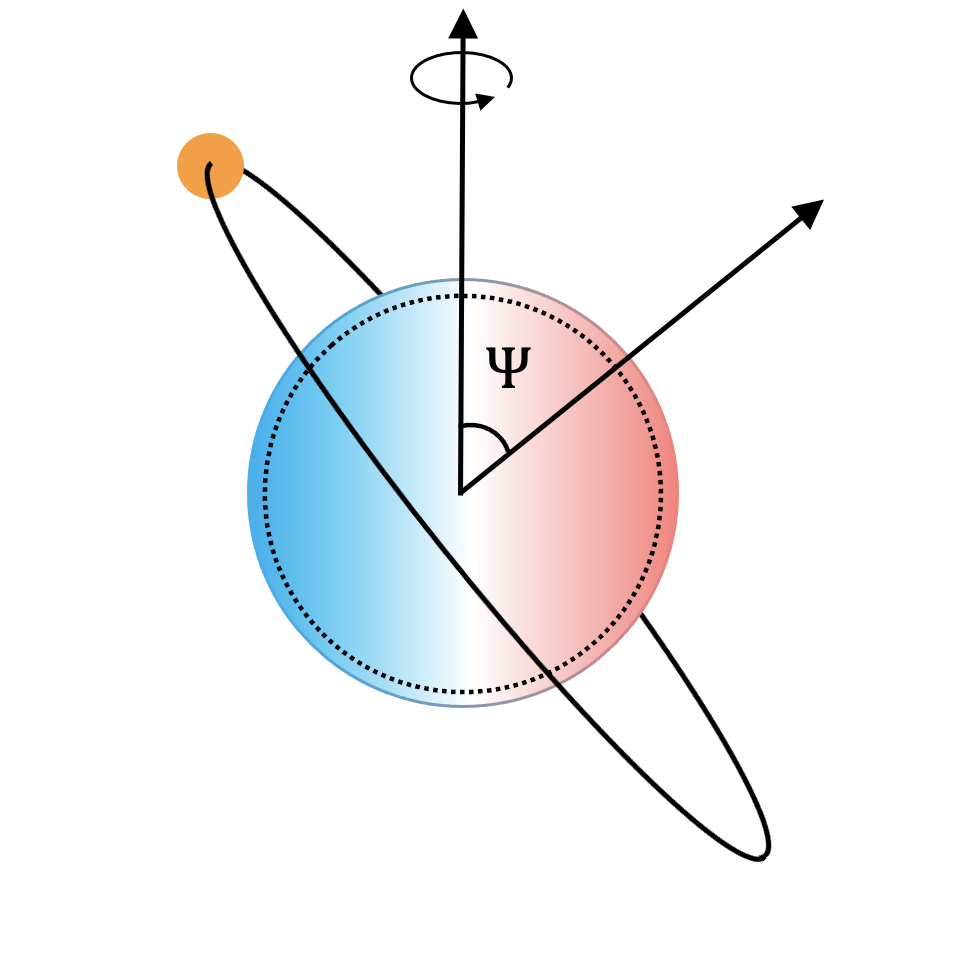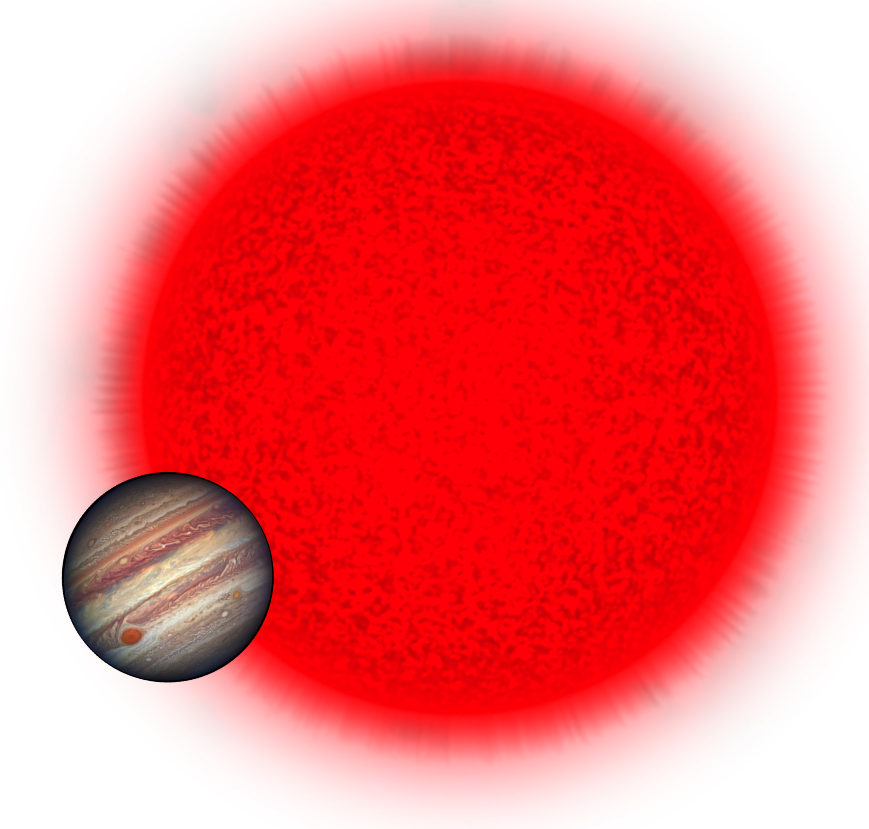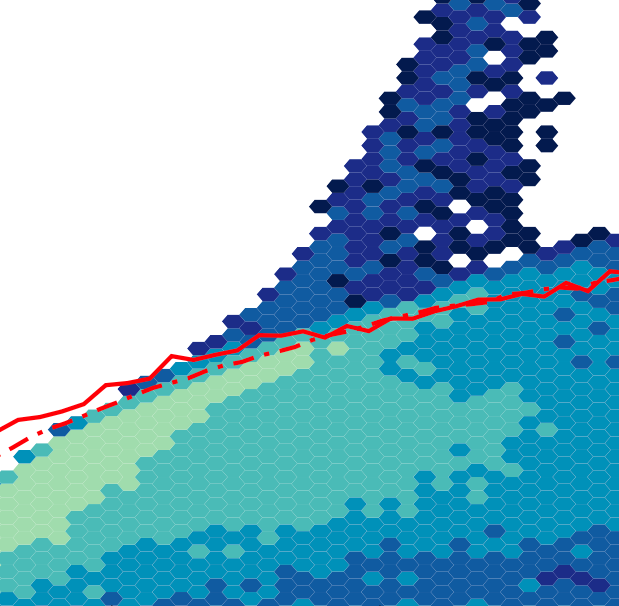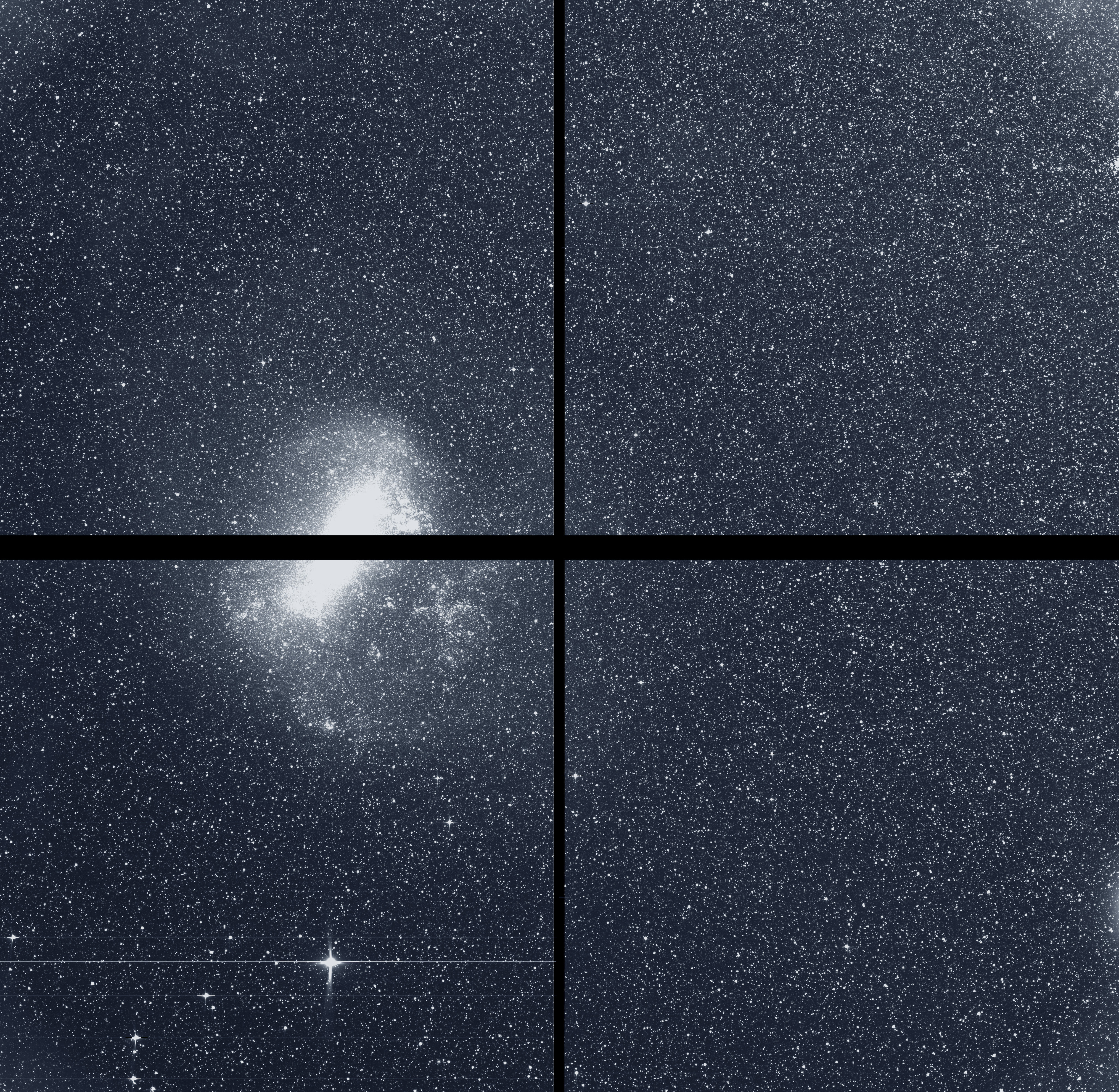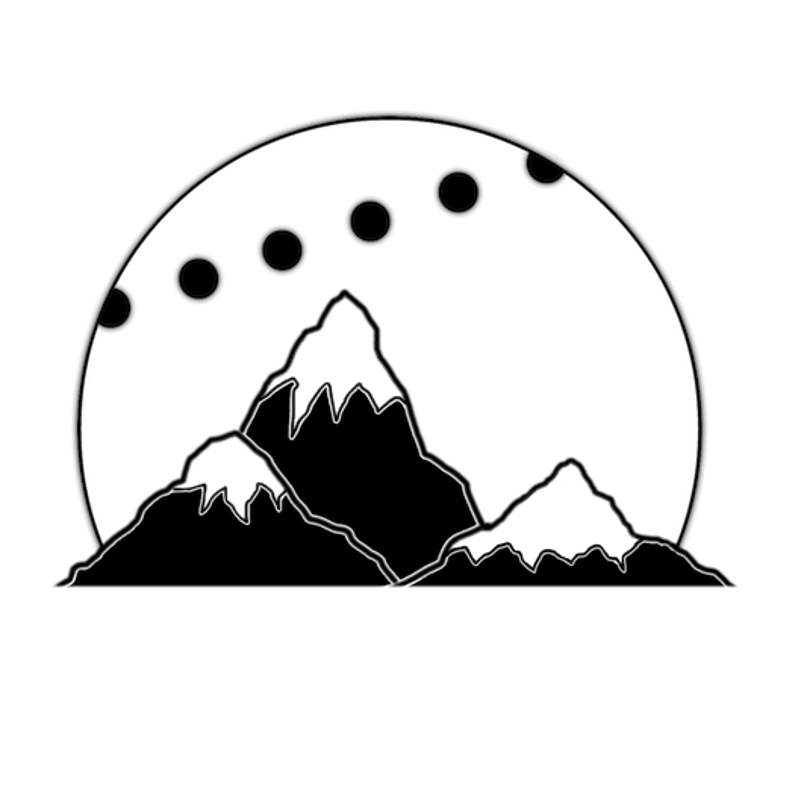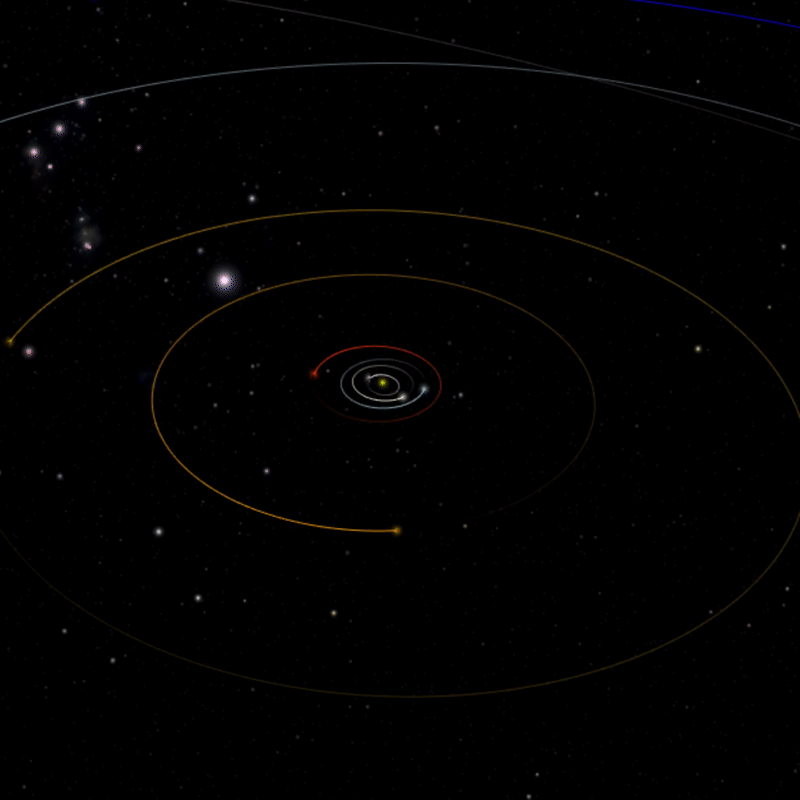Orbital Realignment of Hot Jupiters
Advised by Prof. Dan Huber and Prof. Sam Grunblatt
Stellar obliquity—the angle between the spin axis of a star and the vector normal to its planets' orbital plane—provides a crucial opportunity to trace the dynamical history of planetary systems. Observations of hot Jupiters around main-sequence stars have shown that stellar obliquity has a strong dependence on the star's effective temperature, with hot hosts displaying a wide range of obliquities, and cool hosts being preferentially aligned. The critical temperature is approximately at the Kraft break, around 6250 K, corresponding to the divide between stars with primarily radiative envelopes (≳6250 K) and stars with thick convective envelopes (≲6250 K). I identified a population of planetary systems which had not been examined in detail and offered a unique opportunity to investigate the source of these distinct distributions: hot Jupiters orbiting subgiants which were hotter than the Kraft break on the main sequence and have since cooled, crossing the Kraft break.
I proposed and executed observations with the 10-meter Keck-1 telescope to measure stellar obliquities for five subgiants hosting hot Jupiters identified by the GTG survey. The sky-projected stellar obliquity can be constrained by taking spectroscopic observations during a planet's transit to observe the Rossiter-McLaughlin (RM) effect. As the planet occults the rotating stellar surface, it imprints a trend in the RV signal.
These systems, which were part of a hot (>6200 K), typically misaligned main sequence population, were observed to be aligned after cooling and gaining deep convective envelopes, which are thought to dampen obliquities through tides. I produced stellar evolution models using the MESA code for these host stars to trace the evolution of stellar surface convective zones, and placed an upper limit of ~500 Myr on the timescale for realignment. I have obtained additional stellar obliquity measurements to improve this constraint and shed light on dynamical evolution.

